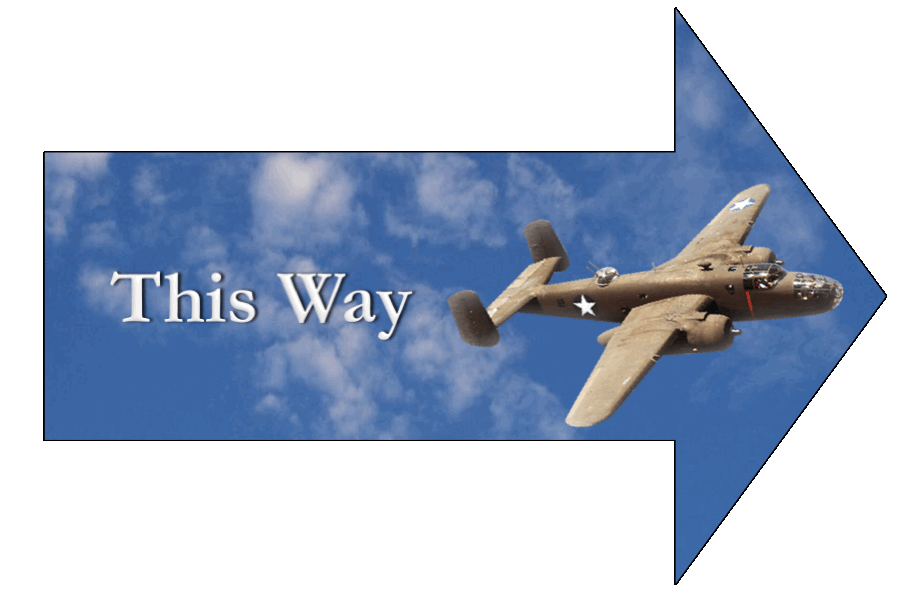Visiting With Brian And Jan (Page Two)


This was used up until the 1970's... 350 mph platform!
Moving right along

Quite an amazing piece of machinery
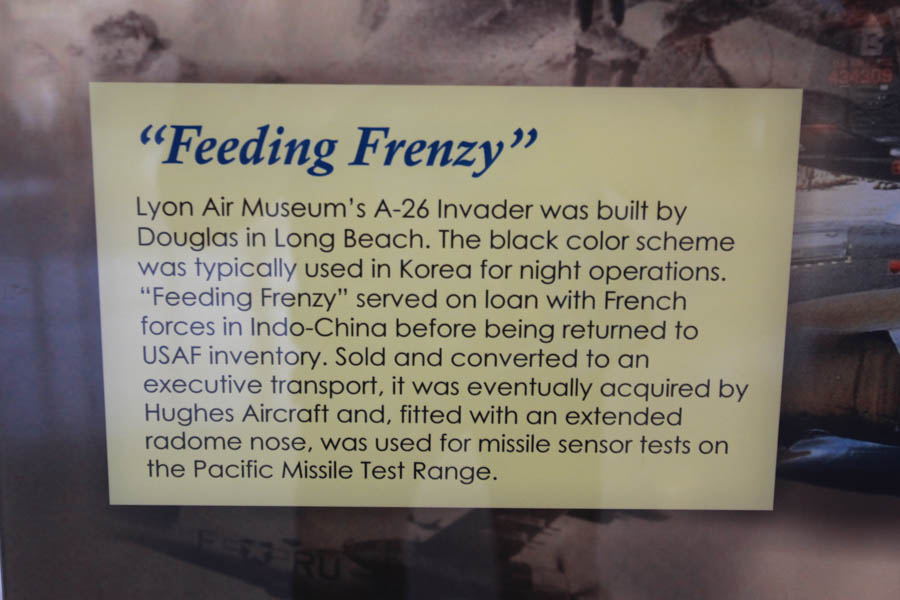

Armed to the teeth!
Did You Know? - The Douglas company began delivering the production model A-26B to the United States Army Air Forces (USAAF) in August 1943 with the new bomber first seeing action with the Fifth Air Force in the Southwest Pacific theater on 23 June 1944, when Japanese-held islands near Manokwari were attacked.
The pilots in the 3rd Bomb Group's 13th Squadron, "The Grim Reapers", who received the first four A-26s for evaluation, found the view from the cockpit to be restricted by the engines and thus inadequate for low-level attack.
General George Kenney, commander of the Far East Air Forces stated that, "We do not want the A-26 under any circumstances as a replacement for anything."

Technology moves so rapidly

oops!
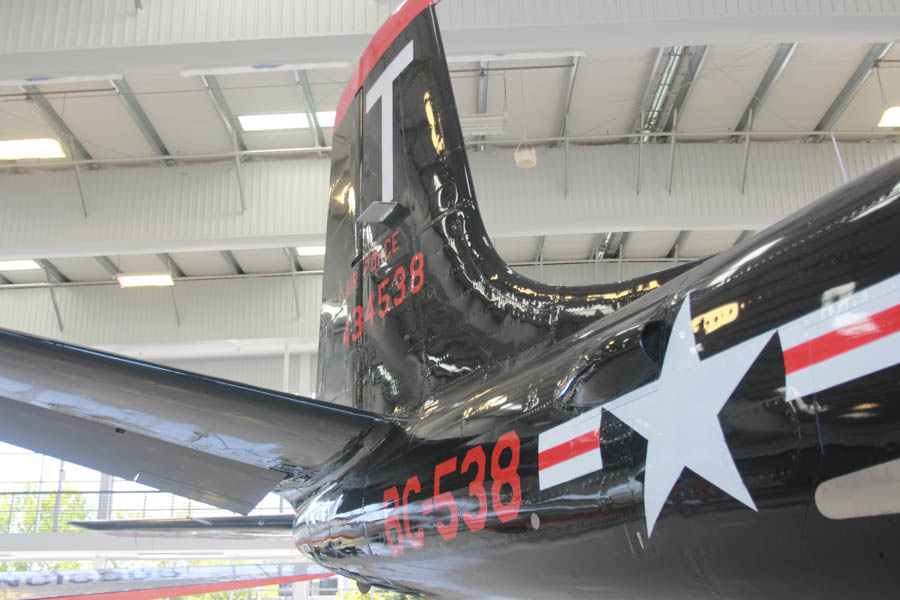
Service life of 26 years for a WWII vintage aircraft!

A black painted U.S. Air Force Douglas B-26C Invader dropping bombs during the Korean War in 1953. The Invader was assigned to the 3rd Bomb Wing, 5th Air Force. Original caption: "Fifth Air Force, Korea--A dramatic stop-action photograph shows nine high explosive missiles leaving the bomb bay of a U.S. Air Force 3rd Bomb wing B-26 light bomber over a Communist target in North Korea. The light bombers fly day and night combat missions, attacking key Red military targets including rail and road bridges, communication centers, supply-laden vehicles and troop and supply areas along the battleline. "


Inside was noisy but functional!
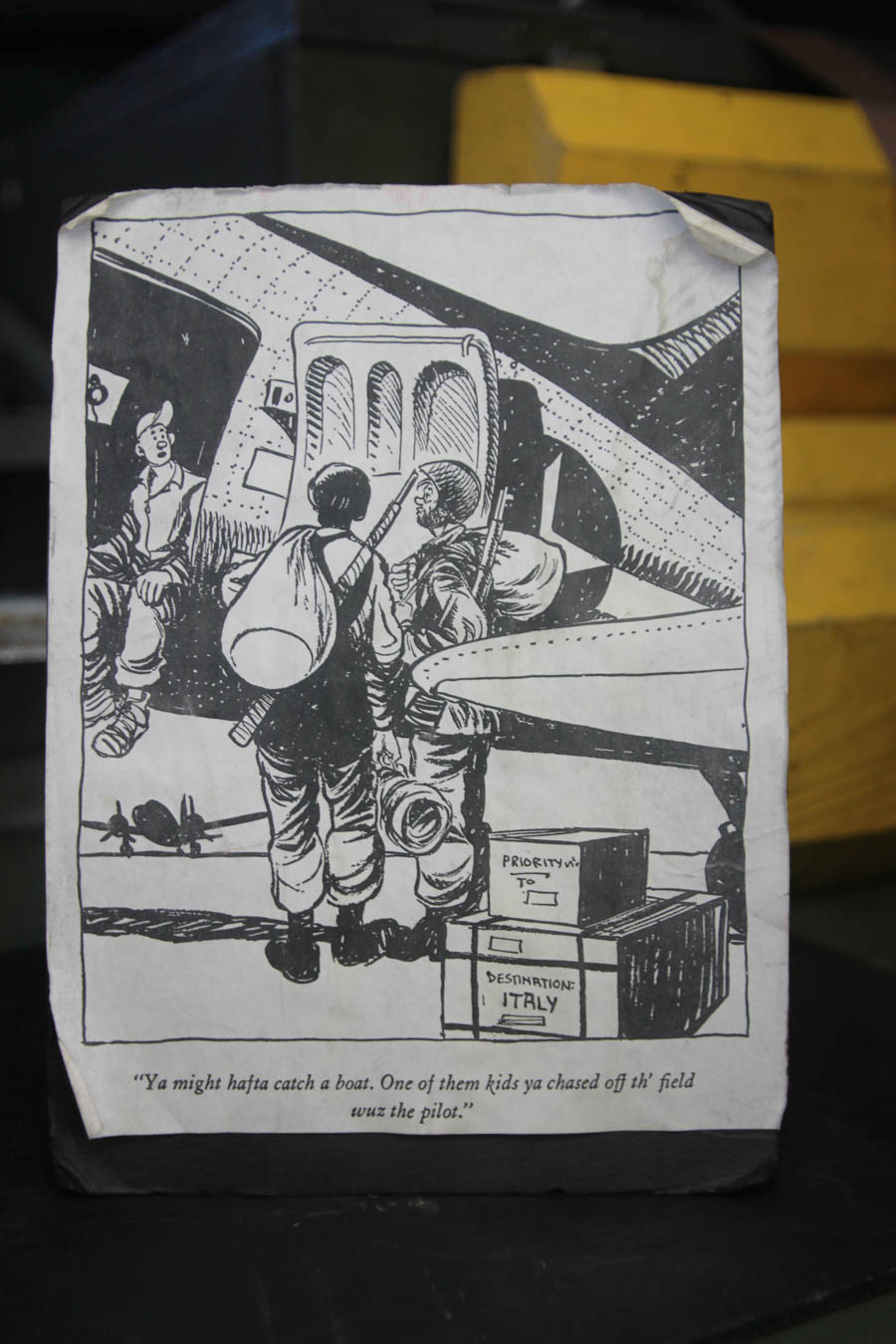
Really funny!

The C-47 was known as "The Skytrain"

These guys are still fly US Mail from Long Beach to
Catalina and all over South America

Crusing speed of 150 mph

Admiring the door but they only have one-half of it open!

Then paratroopers jumped, the bog door was shut and locked and
the "door within the door" was opened for business

With both door open, a jeep could be loaded inside

Hinges on the back half of the door
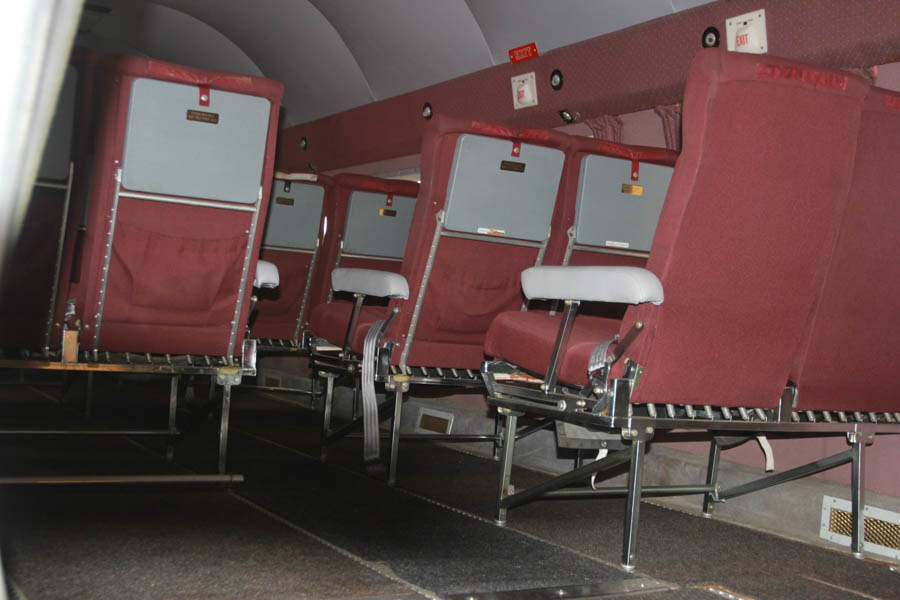
Not quite as comfortable as todays aircraft

Beautiful and SAFE
Did You Know? - The Douglas DC-3 is a fixed-wing propeller-driven airliner. Its cruise speed (207 mph or 333 km/h) and range (1,500 mi or 2,400 km) revolutionized air transport in the 1930s and 1940s. Its lasting effect on the airline industry and World War II makes it one of the most significant transport aircraft ever made.

The windows could be wide because the cabin was not pressurized

The wide window was put into the plane because it was
used for sight seeing over the Grand Canyon
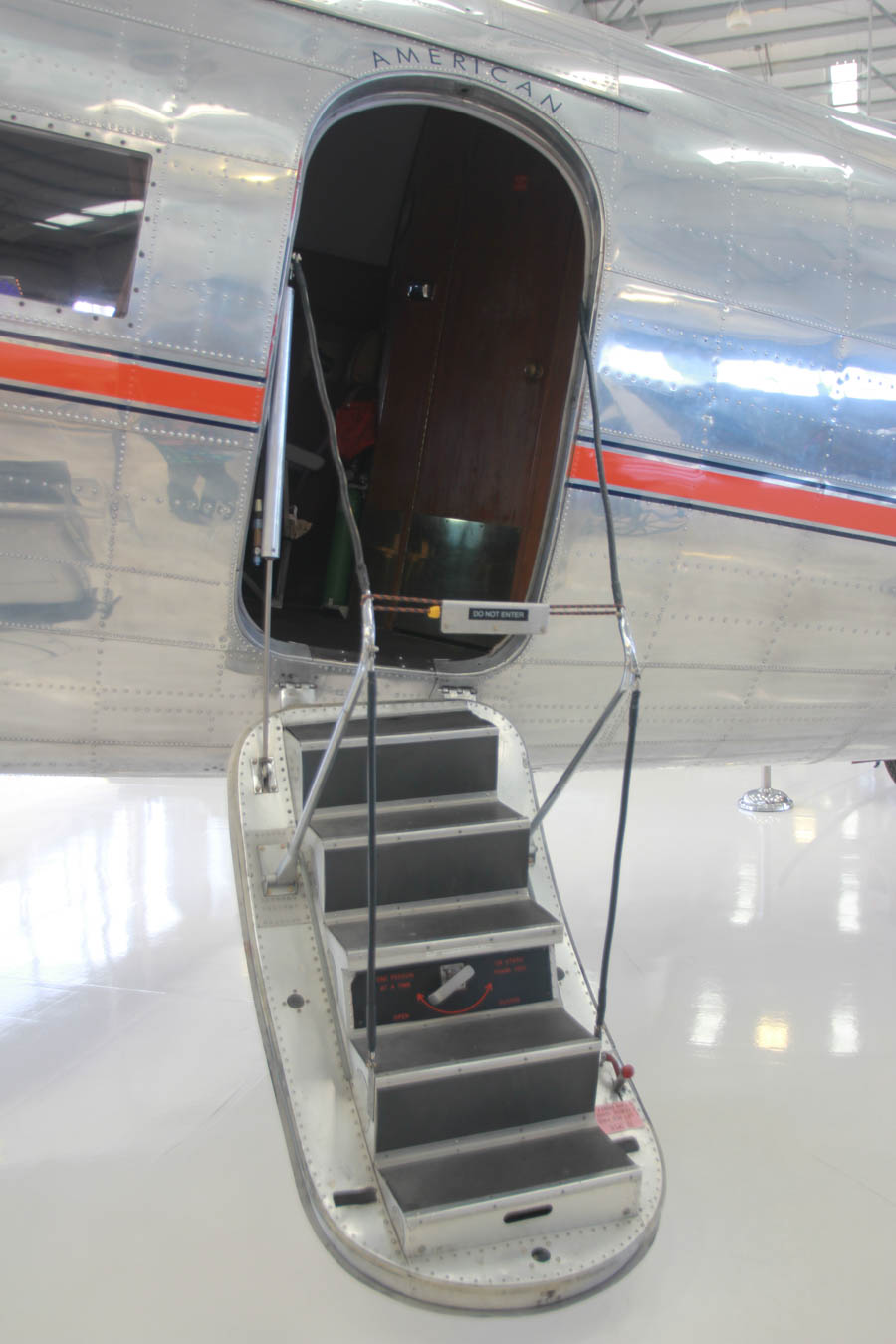
Self contained door
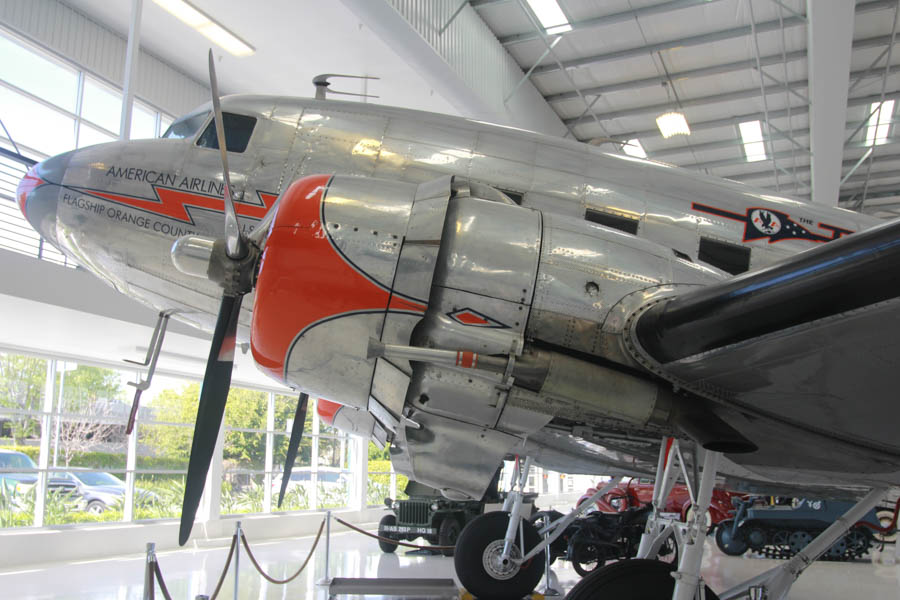
A beautiful aircraft

Gathering it all in!
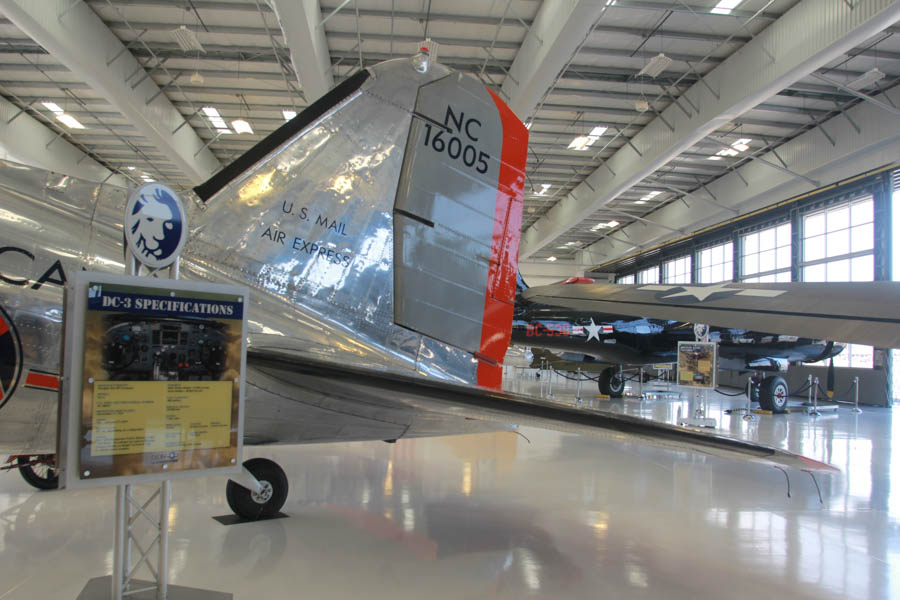
It was a tricycle landing gear!

The original insignia!

Amazing engineering

The intake passes through the manifold and heats the air...
Keeping the passengers warm!

Just like a VW heater in the 1960's
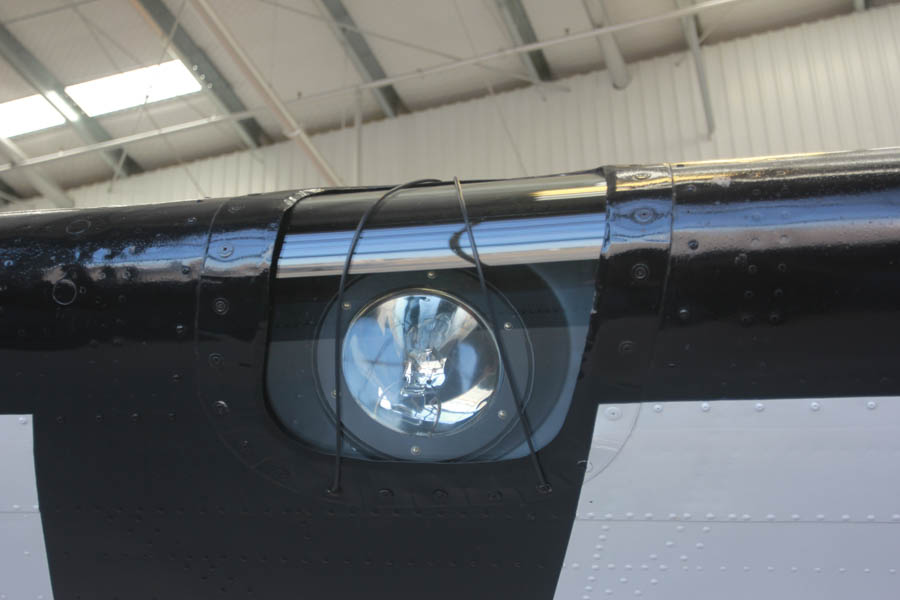
The lights were built into the wing!

Right down Venice Blvd about four long blocks from where Paul was born

For many years, Paul would go out front and hail the Helmsman to
select goodies (especially Jelly Donuts)
Did You Know? -
The Helms Bakery in Culver City, California was a notable industrial bakery of Southern California that operated from 1931 to 1969.
In 1926, Paul Helms of New York took an early retirement for health reasons and moved his family to Southern California and its mild climate. Helms started construction on a building between Washington and Venice Boulevards in 1930 and, on March 2, 1931, the Helms Bakery opened with 32 employees and 11 delivery coaches (trucks).
By the next year, the Helms Bakery had become the "official baker" of the 1932 Summer Olympics when Paul Helms won a contract to supply bread for the 1932 games in Los Angeles. His slogan was "Olympic Games Bakers - Choice of Olympic Champions."
Four years later in time for the 1936 Summer Olympics Germany asked Helms for his bread recipes to feed to the German Olympic team. His relationship with Olympians continued in later years, the U.S. teams at London and Helsinki requested his bread be served.
Early Helms vehicles sported the Olympic symbol, and it also appeared on, and was mentioned in, the Helms logo on the bread wrappers, the company logo and sign.
Despite never being sold in stores, Helms baked products soon became known to millions of consumers. The Helms motto was "Daily at Your Door" and every weekday morning, from both the Culver City facility and a second Helms Bakery site in Montebello, dozens of Helms coaches, painted in a unique two-tone scheme, would leave the bakery for various parts of the Los Angeles Basin, some going as far as the eastern San Gabriel Valley. This is remarkable because the network of freeways had not yet been built, so the trip might take an hour or more. One of these coaches is on display at the Peterson Automotive


Hitler in 1939
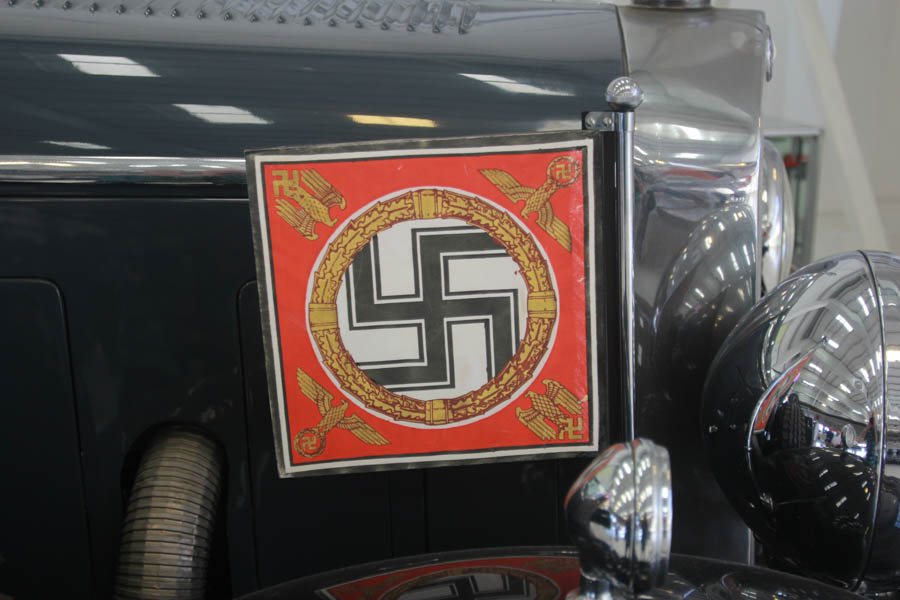
Der Swastika
Did You Know? -
The Swastika (also known as the gammadion cross, cross cramponnée, or wanzi) (as a character: ? or ?) is an ancient religious symbol that generally takes the form of an equilateral cross, with its four legs bent at 90 degrees. It is considered to be a sacred and auspicious symbol in Hinduism, Buddhism and Jainism and dates back to before 2nd century B.C
It has been used as a decorative element in various cultures since at least the Neolithic. It is known most widely as an important symbol long used in Indian religions, denoting "auspiciousness."
It was adopted as such in pre-World War I-Europe and later, and most notably, by the Nazi Party and Nazi Germany prior to World War II. In many Western countries, the swastika has been highly stigmatized because of its use in and association with Nazism.
It continues to be commonly used as a religious symbol in Hinduism and Buddhism.

Amazing piece of engineering

Read it carefully... The tire was "Made In Israel"...
$5,000 but Israel is the only country that could reproduce the tire!

The lamps were narrowed so as not to be seen from aircraft!
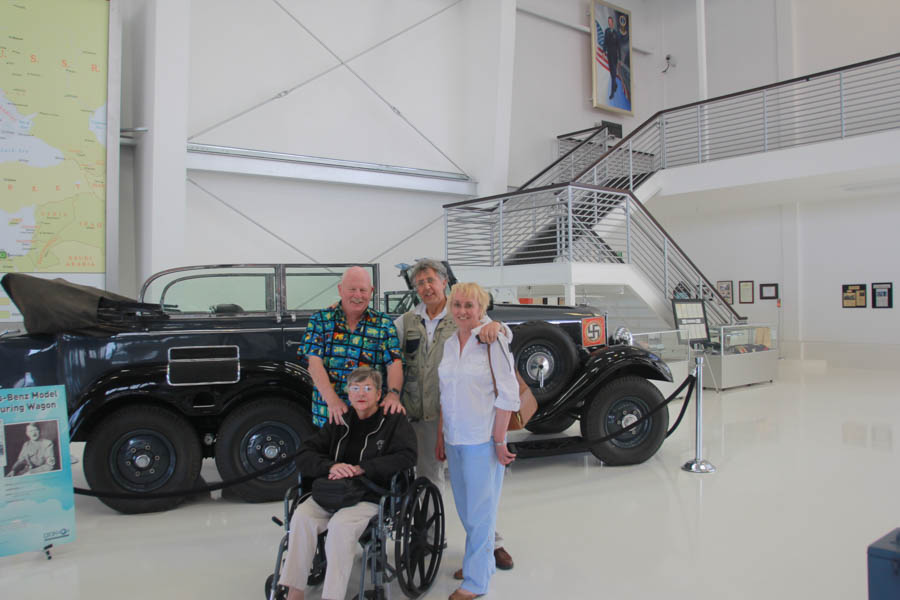
We are ready for a ride

Did You Know? - Final production version Jeeps built by Willys-Overland were the Model MB, while those built by Ford were the Model GPW (G=government vehicle, P designated the 80" wheelbase, and W = the Willys engine design). There were subtle differences between the two.[18] The versions produced by Ford had every component (including bolt heads) marked with an "F". Willys also followed the Ford pattern by stamping its name into some body parts, but stopped this in 1942.
The cost per vehicle trended upwards as the war continued from the price under the first contract from Willys at US$648.74 (Ford's was $782.59 per unit).[20] Willys-Overland and Ford, under the direction of Charles E. Sorensen (Vice-President of Ford during World War II), produced about 640,000 Jeeps towards the war effort, which accounted for approximately 18% of all the wheeled military vehicles built in the U.S. during the war.
Jeeps were used by every service of the U.S. military. An average of 145 were supplied to every Army infantry regiment. Jeeps were used for many purposes, including cable laying, saw milling, as firefighting pumpers, field ambulances, tractors and, with suitable wheels, would even run on railway tracks.
å An amphibious jeep, the model GPA, or "seep" (Sea Jeep) was built for Ford in modest numbers but it could not be considered a huge success—it was neither a good off-road vehicle nor a good boat. As part of the war effort, nearly 30% of all Jeep production was supplied to Great Britain and to the Soviet Red Army.
 Simple... The real secret!
Simple... The real secret!
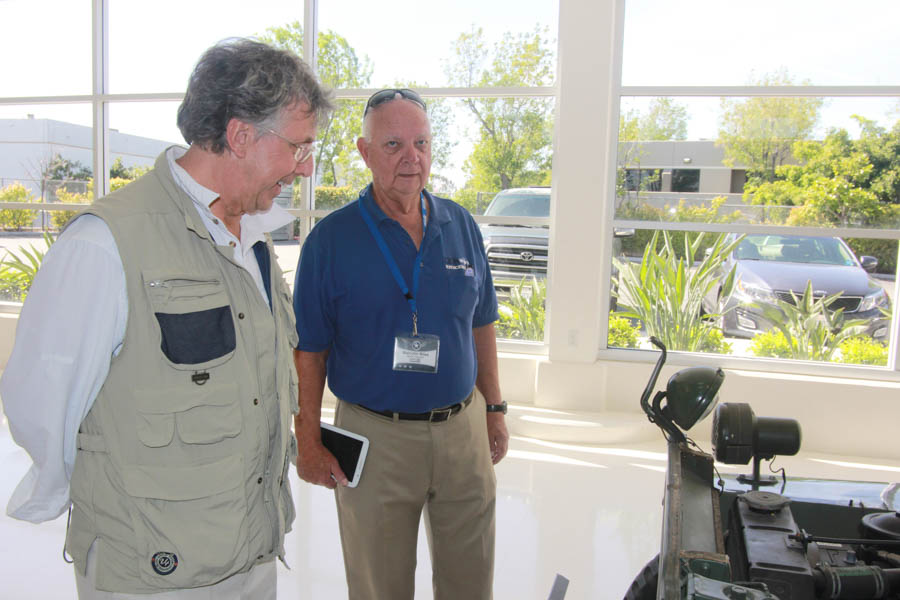
Malcome show the hinged head lights so the mechanics could get to the engine!

The cell phones older brother...
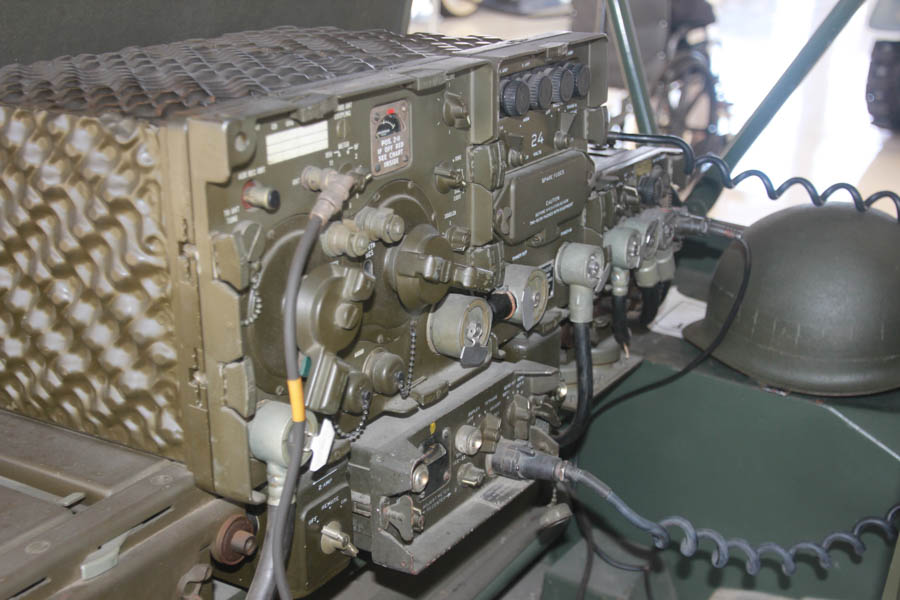
Older?
